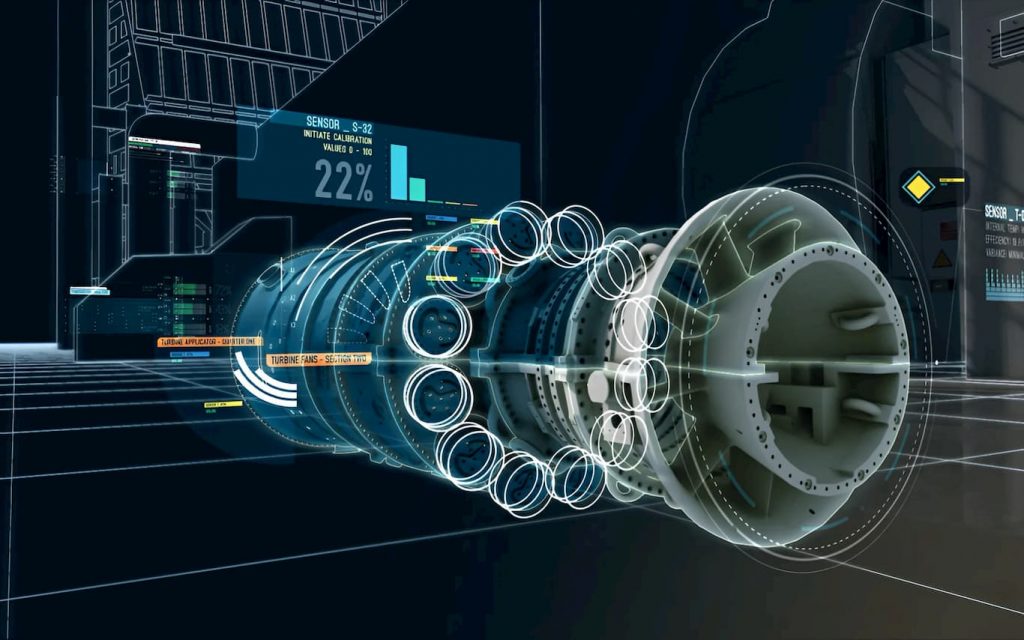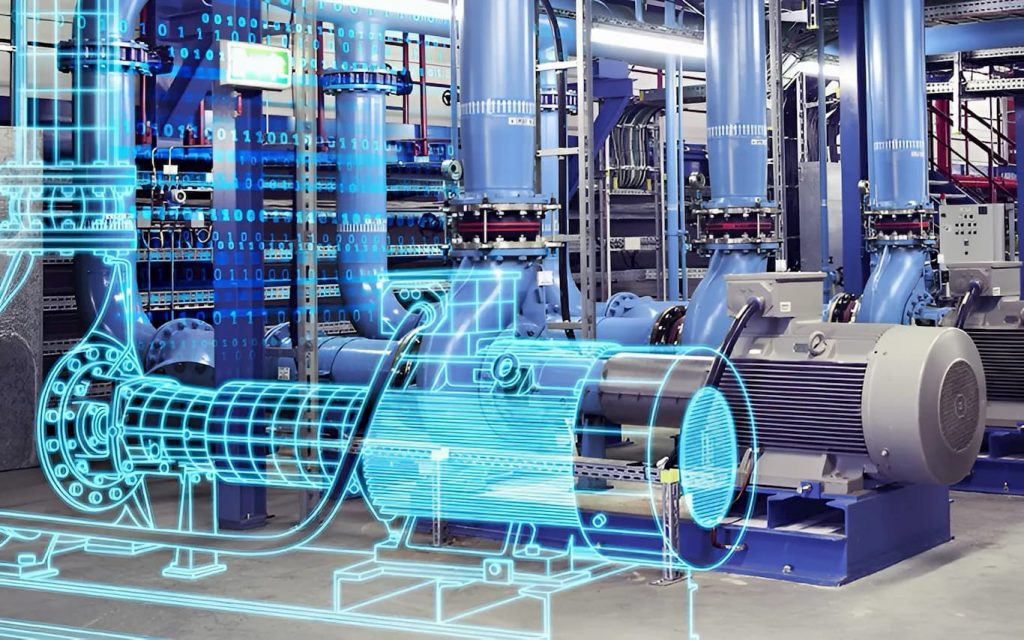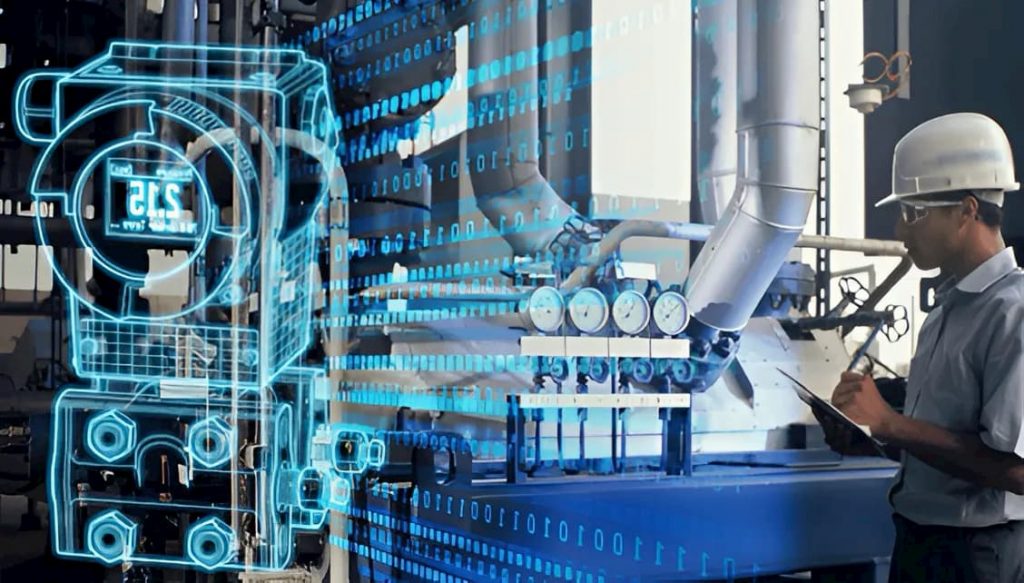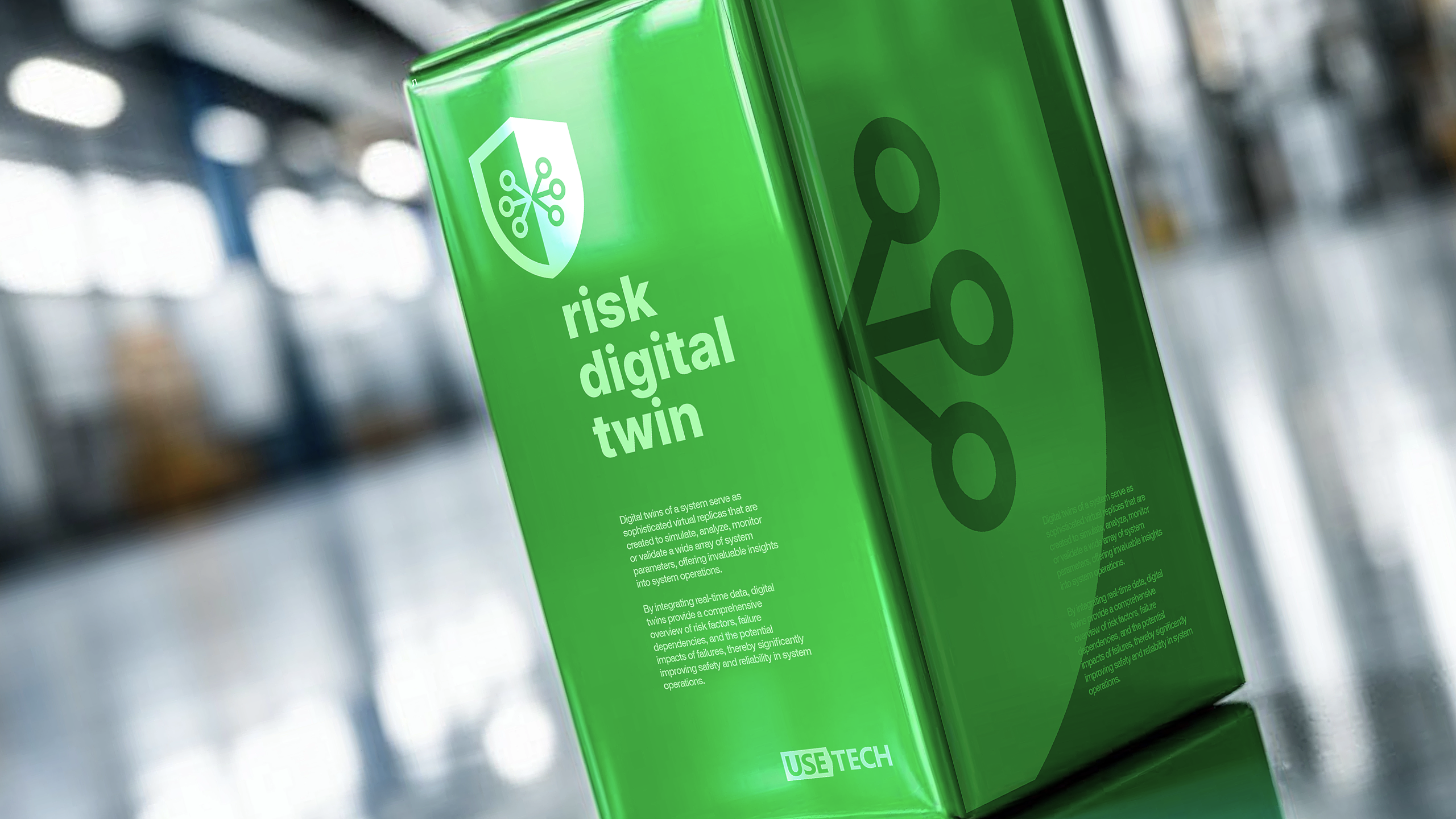Risk Digital Twin.
The system creates a detailed model, taking into account all the specific features and relationships between the various components.
Digital twins of a system serve as sophisticated virtual replicas that are created to simulate, analyze, monitor or validate a wide array of system parameters, offering invaluable insights into system operations.
By integrating real-time data, digital twins provide a comprehensive overview of risk factors, failure dependencies, and the potential impacts of failures, thereby significantly improving safety and reliability in system operations.

Digital risk twin is a digital twin, or a digital representation of an intended or actual physical product that contains the necessary information in terms of functions, flows, components and other criteria that allows risk simulation to be undertaken, identifying the risks (failures) of a system during operation and their path of propagation through the system.
Possibilities
- Conducting thorough risk analysis and assessing the probability of their occurrence.
- Developing sophisticated threat models to anticipate potential issues.
- Identifying the most vulnerable areas within the production system.
- Selecting and implementing effective measures to avert emergency situations.

The DRT is used to automate
- It streamlines coordination among participants in the risk management process, ensuring that all actions align with established procedures and protocols. This promotes consistency and reduces the likelihood of errors.
- The digital risk twin can perform complex calculations involving vast amounts of data, essential for accurate risk assessment and decision-making. By leveraging advanced algorithms, it can analyze potential risks and their impacts more effectively than traditional methods.
- It acts as a dynamic risk register, where it stores not only risk forecasts but also historical events, allowing organizations to learn from past occurrences and improve future risk strategies.
Problems solved by the DRT

At the planning stage
- Collecting information on the basic production safety hazards and barriers.
- Registering changes (removing/improving current barriers and introducing new ones and/or eliminating risks).
- Changes effectiveness forecast involves risk identification, risk assessment (possible scenarios simulation), and calculating safety indicators established by the board of directors.
At the operational control stage (execution and control)
- Collecting information on the current production safety hazards and barriers.
- Online forecast of safety indicators established by the board of directors.
- Online analysis of the safety level and trends in case of deviation from planned performances:
- Operator’s monitor safety indicators exceeding acceptable limits – based on the online forecast.
- Reason (prerequisites) for increasing risk level – the failure of specific basic barriers (specific production operations).
- Possible risk consequences – affected areas, trends recommendations on the prompt introduction of temporary barriers to achieve production safety goals and performance assessment.
- On-site video monitoring of any risk event.
At the motivation stage (continuous improvement)
- Objective assessment of achieving the safety goals in operation process.
- Objective assessment of the barriers effectiveness.
- Objective assessment of the work of persons responsible for the barriers.
- Objective assessment of the work of other roles in risk management.

Results
- A marked reduction in the frequency of risk events, leading to a more stable operational environment.
- Decreased response times for prevention, allowing quicker adjustments and interventions.
- Optimization of production and business processes, enhancing overall efficiency.
- Improved safety measures at hazardous facilities, safeguarding both employees and assets.
- Enhanced production performance, which can lead to lower operational costs and increased profitability.

